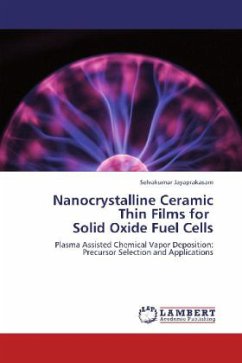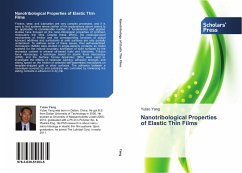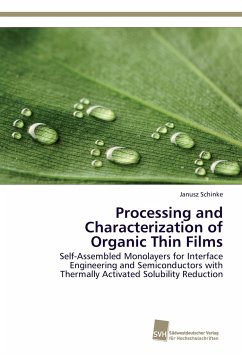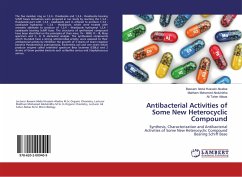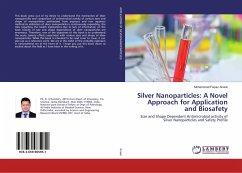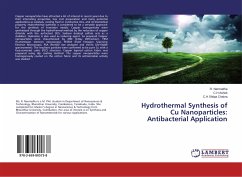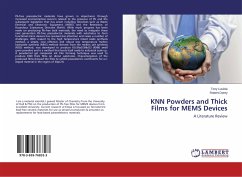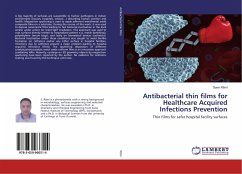
Antibacterial thin films for Healthcare Acquired Infections Prevention
Thin films for safer hospital facility surfaces
Versandkostenfrei!
Versandfertig in 6-10 Tagen
30,99 €
inkl. MwSt.

PAYBACK Punkte
15 °P sammeln!
A big majority of surfaces are susceptible to harbor pathogens in indoor environment (houses, hospitals, schools...) disturbing human comfort and health. Magnetron sputtering is used to apply adherent metal/metal oxide composite films on a substrate. During the course of this work, it was used to depose nanometric films leading to fast bacterial inactivation in the dark and/or under actinic (or solar) light irradiation. This approach was used to coat surfaces directly related to hospitalized patient e.g. textile (beddings), polyethylene (serum bags), and lastly on biomedical devices (catheters...
A big majority of surfaces are susceptible to harbor pathogens in indoor environment (houses, hospitals, schools...) disturbing human comfort and health. Magnetron sputtering is used to apply adherent metal/metal oxide composite films on a substrate. During the course of this work, it was used to depose nanometric films leading to fast bacterial inactivation in the dark and/or under actinic (or solar) light irradiation. This approach was used to coat surfaces directly related to hospitalized patient e.g. textile (beddings), polyethylene (serum bags), and lastly on biomedical devices (catheters). Bacterial inactivation under these conditions was sought to avoid biofilm formation on catheters and/or any other surface in hospital facilities. Infections due to catheters present a major problem leading to hospital acquired infections (HAIs). The sputtering deposition of different catalytic/photocatalytic metal oxide uniform films is an innovative approach combating HAIs. Recently, coatings on 3D geometry objects by magnetron sputtering have been reported by the author. No evidence for catheters coating was found by this technique until now.



